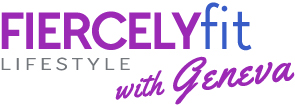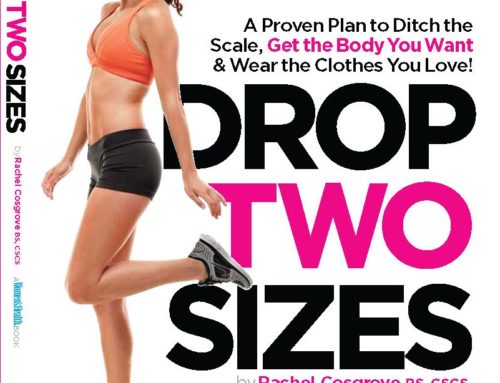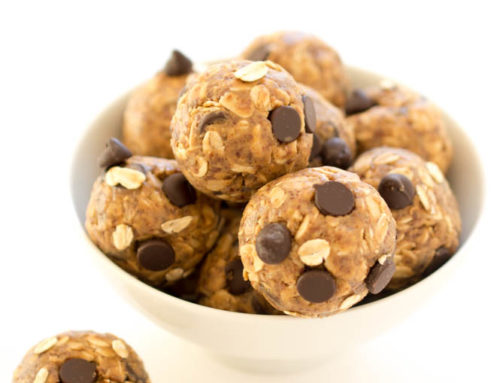Part 3: The importance of Soft Tissue Work
Fiercelyfit Trainer: First we need to address your tissue quality. Your connective tissue is what surrounds your muscles. We want to make sure that your tissues are elastic and minimize the knots and adhesions that form in the tissues.
Sue Ellen: Well how do we do that?
Fiercelyfit Trainer: Have you ever seen one of these?
Sue Ellen: I’ve seen people using these things at the gym and rolling around on them. What is the point of using them?
Trainer: Glad you asked! This is a Foam Roller and it is a great tool for rolling out your tissues, but you don’t have to limit your tissue work to a foam roller. You can use a tennis ball, lacrosse ball, Thera Cane, Tiger Tail, or a rumble roller. We call this technique self myofascial release. It’s used to inhibit overactive muscle fibers.
Sue Ellen: You’re losing me.
Trainer: I want you to think of this part of your program like detailing and maintenance for your body.
Athletes have a comprehensive training program to make sure they reduce their risk of injury and improve their performance. Their training is not just limited to what happens on the field. Massages, Adjustments, and other techniques are used to help them recover from all of the stress. Athletes must be proactive about the details which will help them to run at an optimal level. Working on the connective tissues work is one of those details.
The same is true for your fitness program Sue! Sure you could just show up to the gym, do cardio and do a few weights but you can’t ignore the details of the program. That is what self myofasical release is. It’s all in the details which will help you to run at an optimal level.
Sue Ellen: OK I see. Well why do we need to do this?
Trainer: Great question! Our connective tissues are full of adhesions and knots because of poor posture, movement dysfunction, and repetitive movements such as sitting all day, typing, etc.
Sue Ellen: How do we get knots?
Trainer: Any trauma to the body causes inflammation. What do we do when we exercise? Trauma! We’re tearing the muscles down and building them back up stronger. If you’re planning on running 13.1 miles that is definitely trauma to the body. Long story short, this inflammation leads to micro spasms in your muscles and knots and adhesions begin to form.
Think of a rope: What happens when a rope gets knots in it? It becomes shorter and ineffective. Same deal with our tissues. Our tissues become inelastic, short, and ineffective. This can lead to increased risk of injury. My first step with all of my clients is to start with their tissue quality.
Before you start a workout, I like you to foam roll. If you’re running late, then no worries. Do it after, but I don’t want you to neglect your soft tissue work.
Sue Ellen: Is it really that important?
Trainer: Yes I think it is. Healthy Tissues are so important to performance and preventing injury. Here are some of the benefits of healthy tissuse:
-
Better Blood flow and waste of byproducts, this will help to reduce injury
-
Tissues are more pliable which will lead to better muscle contraction and joint motion. This will improve your performance and movement ability
-
Helps with relaxation: I call it the recession proof massage.
Sue Ellen: Does this really work? Can’t you just stretch?
Fierce Trainer: Studies are mixed on static stretching. I don’t think static stretching can hurt, but we will address this later.
There was an article in the New York Times this past April about Foam Rolling.
Experiments done by Duane C Button, assistant professor of exercise science at Memorial University in Newfoundland Canada showed that people who foam rolled showed significant increase in those muscles’ range of motion immediately afterward. Foam Rolling did not impair the ability to jump and aided in recovery. (Do Foam Rollers Aid Workouts, New York Times April 25, 2014)There is more research coming out with just how important taking care of your connective tissue is.
Sue Ellen: Wow
Trainer: You really do not want to neglect this part of your training. It is what will help you to reduce your risk of injury and also to improve your performance.
Sue Ellen: OK So the first part of my routine is down. Foam Rolling. I heard it hurts!
Trainer: It does, but I want you to think like this: I’d rather you get on that foam roller and have it hurt for 10 minutes than to sustain an injury and have it hurt for 6 months! Also think about that when you’re on the foam roller, that pain…you would have been inflicting more trauma to an area that is already inflamed and painful.
Sue Ellen: Well let’s get started and then what’s next!
Trainer: Love your enthusiasm. After you foam roll, we will get started on Dynamic Flexibility!
Sue Ellen: Sounds good!!! Let’s get to it.





Leave A Comment